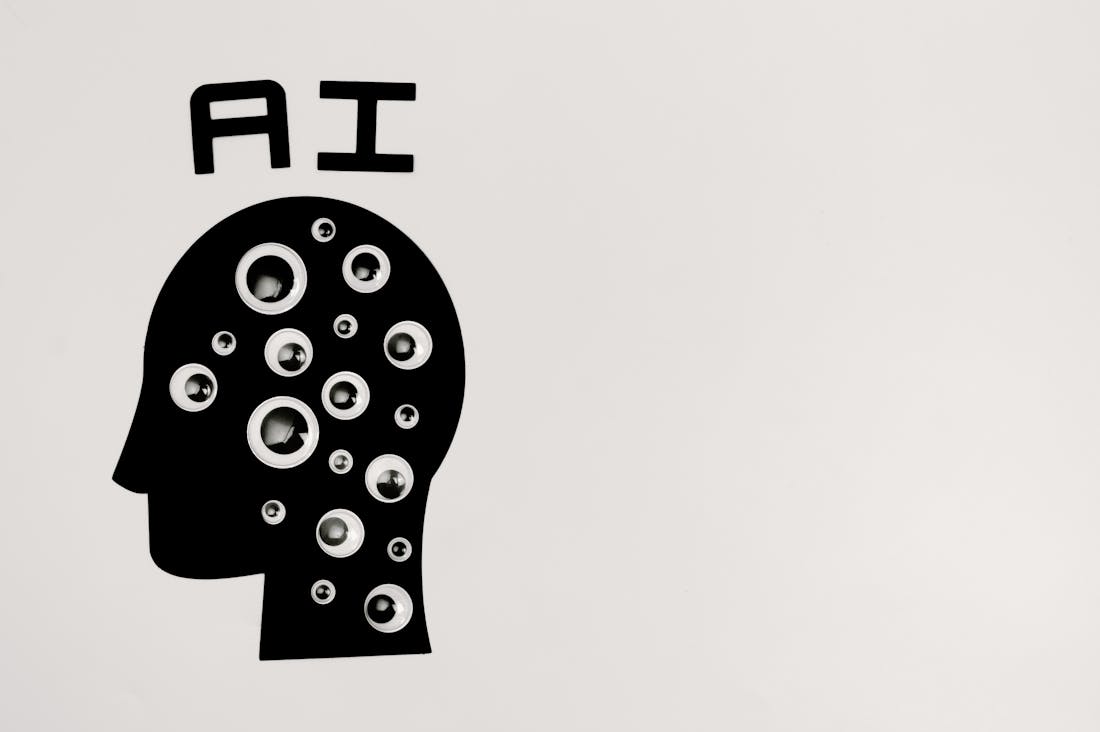In our fast-paced, technology-driven world, the balance between connectivity and personal well-being has never been more crucial. "Mindfulness in the Digital Age: Navigating Technology Without Losing Yourself" explores the intricate relationship between technology and mental health. This guide offers insights and practical strategies to cultivate mindfulness amidst digital distractions, empowering individuals to reclaim their focus and nurture authentic connections in an increasingly virtual landscape. Embrace the journey towards a healthier relationship with technology and discover how intentional mindfulness can lead you to a more fulfilling and centered life.

What is Digital Mindfulness?
Digital mindfulness refers to the practice of being fully present and aware in our interactions with digital technology, aiming to cultivate a balanced relationship with screens and online environments. In an age where constant connectivity can lead to distraction and overwhelm, digital mindfulness encourages individuals to approach their online activities with intentionality and purpose. This includes recognizing emotional responses to digital stimuli, setting boundaries for screen time, and engaging in mindful consumption of information. By fostering an awareness of the impact of technology on mental well-being, digital mindfulness helps individuals reduce anxiety, enhance focus, and promote healthier habits in an increasingly digital world.

Strategies for Mindful Technology Use
Mindful technology use involves intentional and conscious interaction with digital devices to enhance well-being and productivity. One strategy is setting specific boundaries, such as designated tech-free times or zones to encourage moments of disconnection. Implementing apps that track screen time can foster awareness of usage patterns, allowing users to identify and address excessive habits. Prioritizing quality over quantity in online interactions—focusing on meaningful connections rather than superficial engagements—can enhance the value of digital communication. Additionally, turning off non-essential notifications minimizes distractions, promoting a more focused mindset. Engaging in regular digital detoxes—temporary breaks from technology—can rejuvenate mental health and foster deeper connections with the physical world.

The Benefits of Disconnecting
Disconnecting from technology and daily routines can offer numerous benefits for mental and physical well-being. In an increasingly connected world, taking time away from screens and constant notifications allows individuals to recharge, reduce stress, and gain clarity. It fosters mindfulness, enabling deeper connections with nature, loved ones, and oneself. Regular breaks from digital distractions can enhance creativity, improve focus, and promote better sleep, as constant information overload often leads to anxiety and restlessness. Moreover, disconnecting encourages physical activity and outdoor experiences, ultimately contributing to a healthier lifestyle. By setting boundaries with technology, individuals can cultivate a more fulfilling and balanced life.
AI-Assisted Content Disclaimer
This article was created with AI assistance and reviewed by a human for accuracy and clarity.